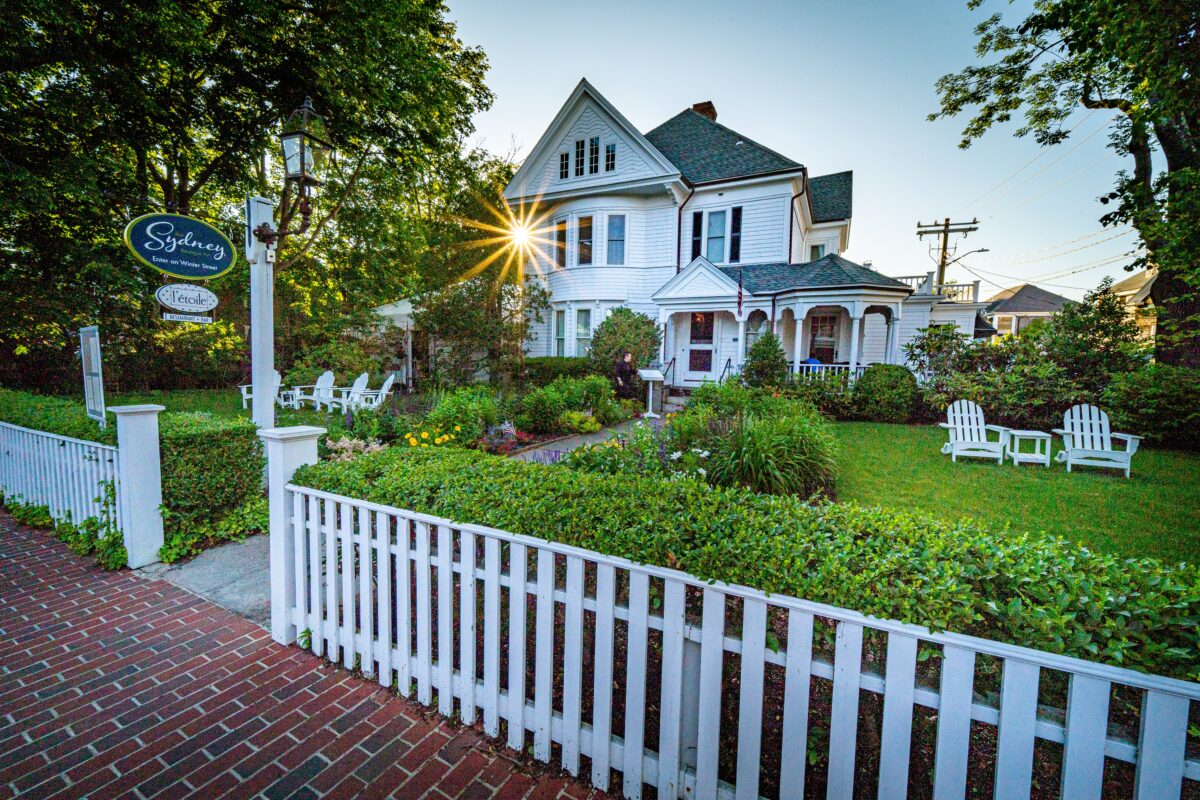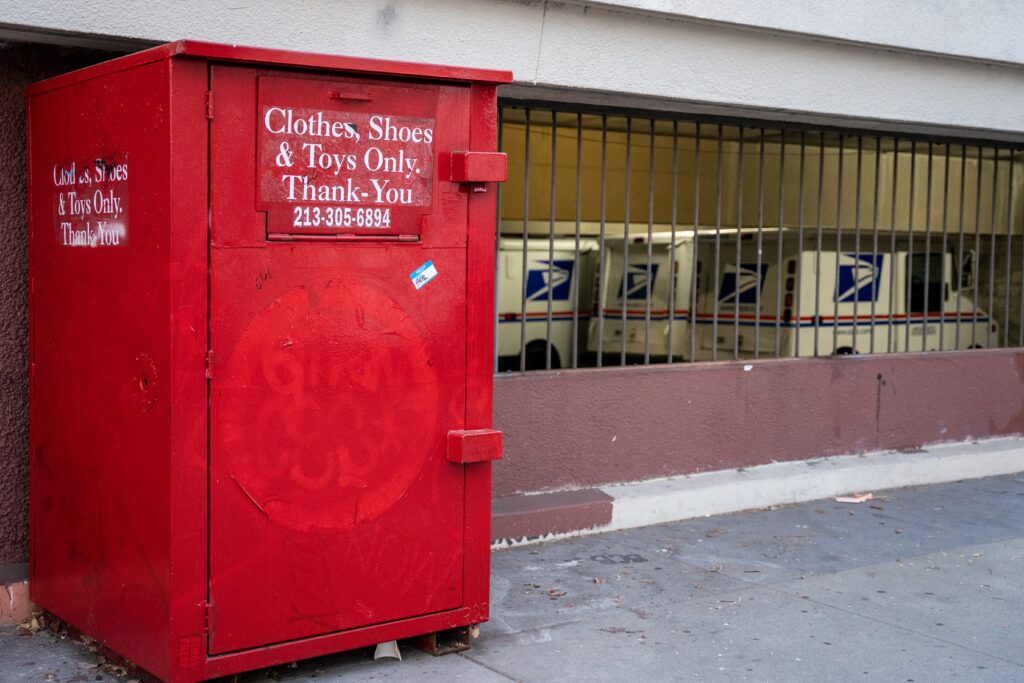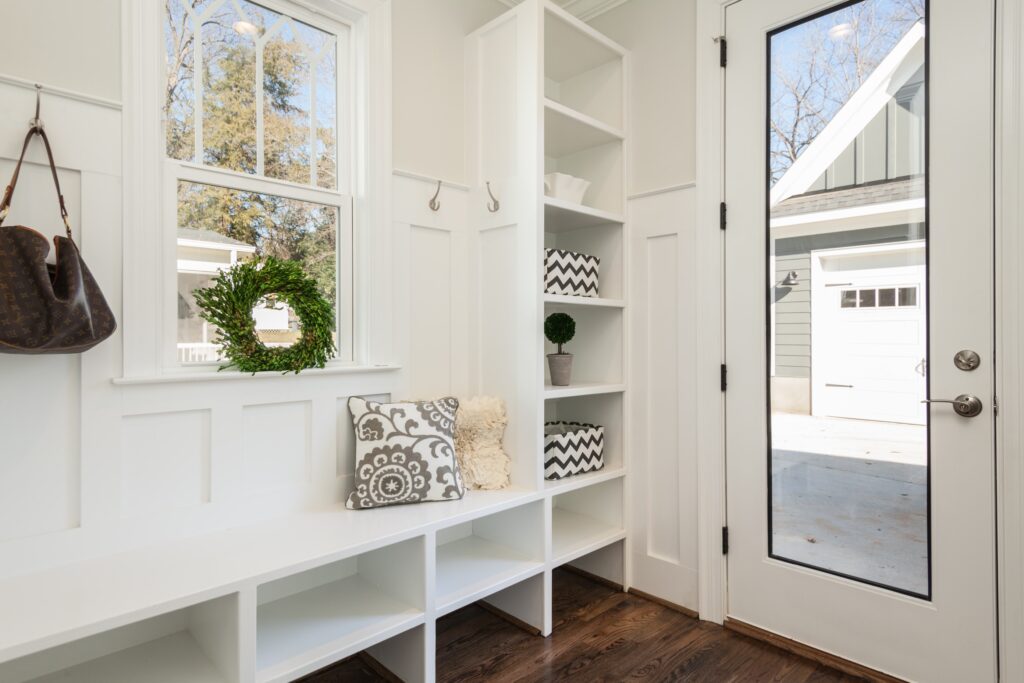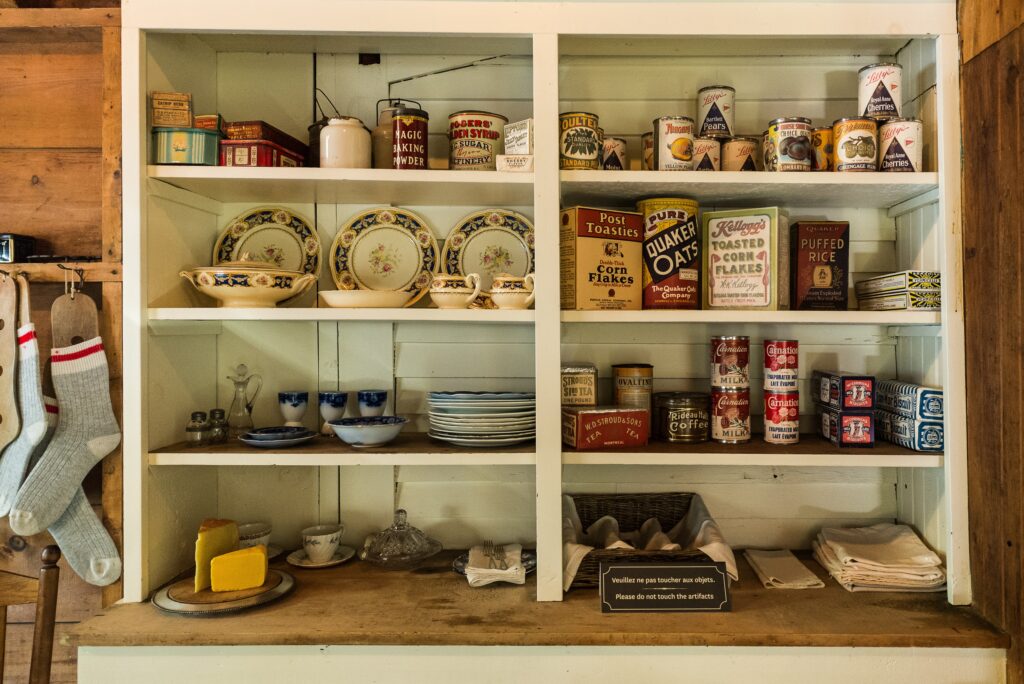Even if you can’t tell a sunflower from a daisy at the garden center, you can still create eye-catching curb appeal by paying attention to the basics of good landscaping, especially in the front yard. Your front yard is the focal point of your homes and it’s appearance can significantly impact it’s value.
The American Society of Landscape Architects (ASLA) recommends investing 10% of your home’s value in landscaping; Other studies suggest that you can increase your home’s value by 5% to 15% by spending the equivalent percentage on landscape maintenance and upgrades.
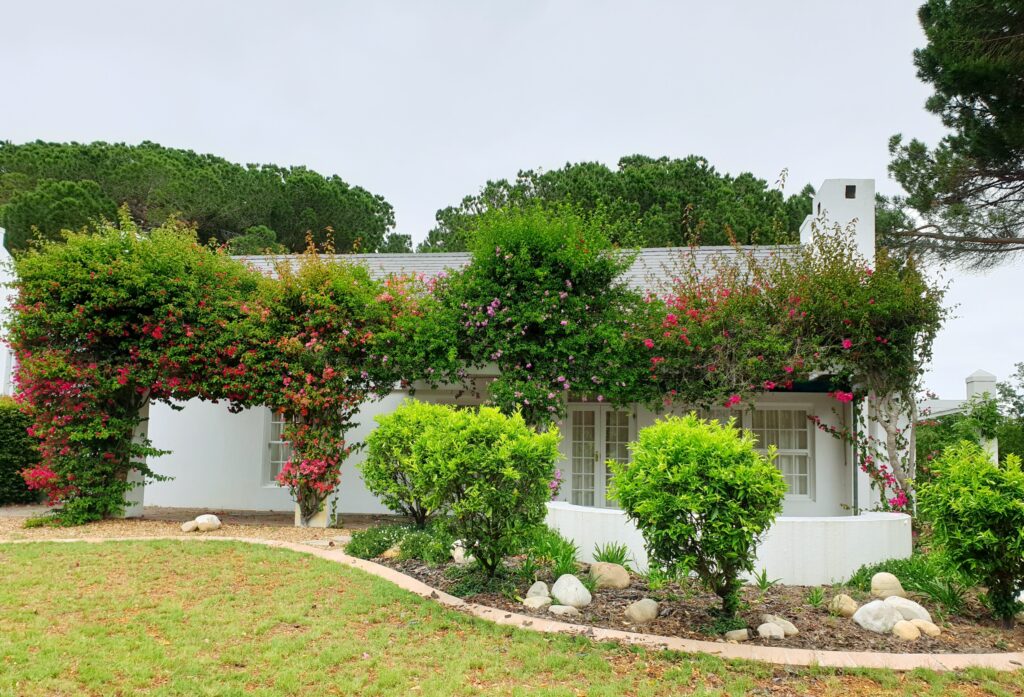
Here are the top suggestions from real estate agents, appraisers, and landscape designers for boosting the curb appeal of your yard:
1. Plant a Tree
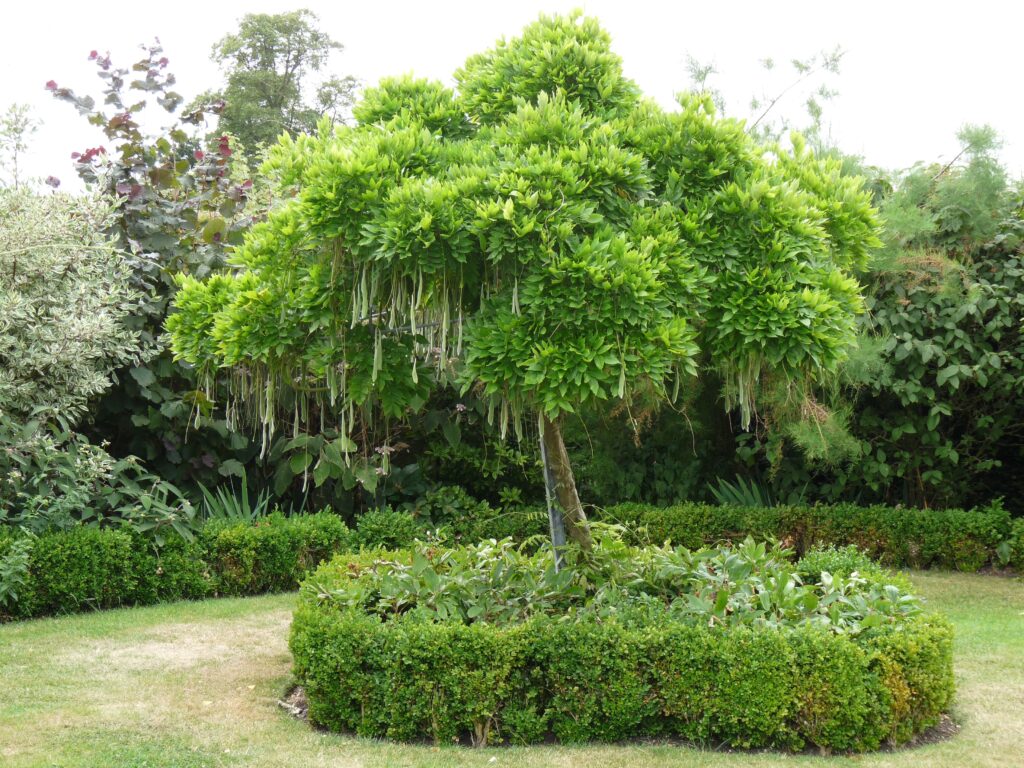
The value of mature trees is particularly difficult to determine. Lucco says that in his market, mature trees contribute as much as 10% of a $100,000 property’s overall value. In addition, a properly placed shade tree can shave as much as $32 a year on your energy bills. Expect to pay $50-$100 for a young, 6- to 7-foot deciduous tree.
You can make your own initial assessment of the value of your property’s trees by visiting the National Tree Benefit Calculator. For example, a mature Southern red oak tree with a diameter of 36 inches in the front yard of a house in Augusta, Ga., might add $70 to the property value.
2. Green Up the Grass
If your house has a front yard, make sure it‘s neat and green by following a lawn maintenance calendar. You don’t want bare spots, sprawling weeds, or an untrimmed appearance. “It’s so simple to go to Home Depot, buy fertilizer, apply it every six weeks, and water it,” says Mitch Kalamian, a landscape designer in Huntington Beach, Calif. “It will green up.”
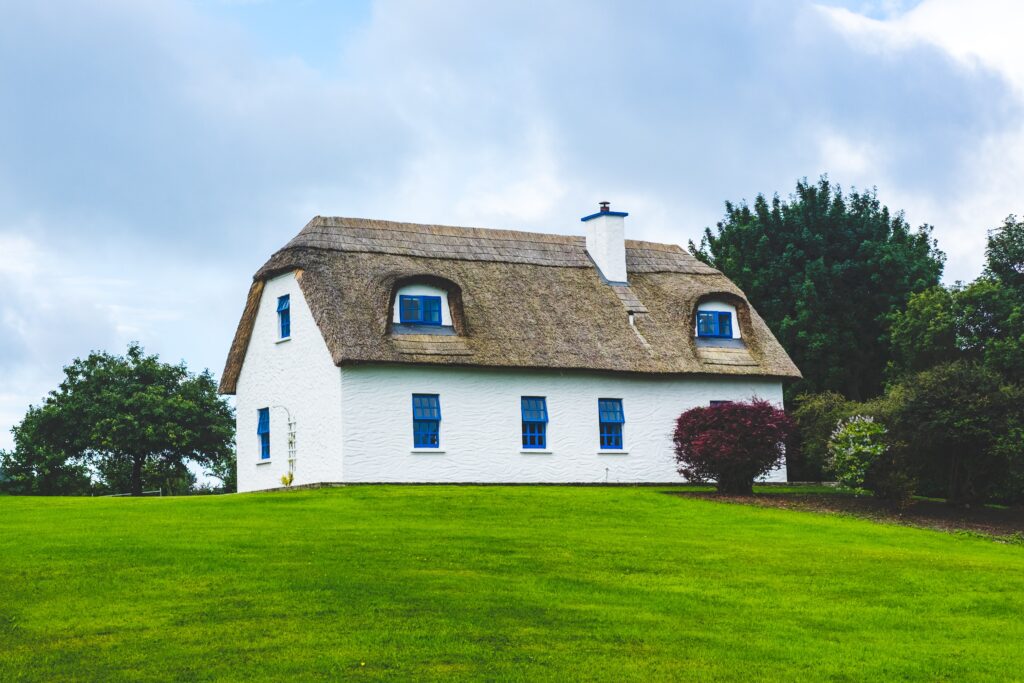
If the yard looks really scruffy, you may decide to invest in some sod. Sod will average about 15-35 cents/sq. ft., according to the National Gardening Association. If you hire a landscaper to sod your yard for you, labor will add 30% to 50% to the total cost of the project. Another alternative is to plant low-maintenance turf grasses. Turf grasses are durable and drought-resistant. Expect to pay $18-$30 for enough turf grass seed to plant 1,000 sq. ft. of lawn area.
3. Landscape Lighting
For homeowners who have made a sizeable investment in landscaping, it makes sense to think about adding another 10%-15% to the bill for professional outdoor lighting. After all, buyers aren’t always looking at houses on a Saturday afternoon.”
The cost of a system runs from $200 for a DIY installation to more than $4,000 for a professional job. If you‘re doing it on your own, the key is to light what you want people to see, such as mature trees and flowering shrubs.
4. Colorful Planting Beds
Flower beds add color and help enliven otherwise plain areas, such as along driveways and the edges of walkways. In general, annual flowers are a bit cheaper but must be replaced every year. Perennials cost a bit more but come back annually and usually get larger or spread with each growing season.
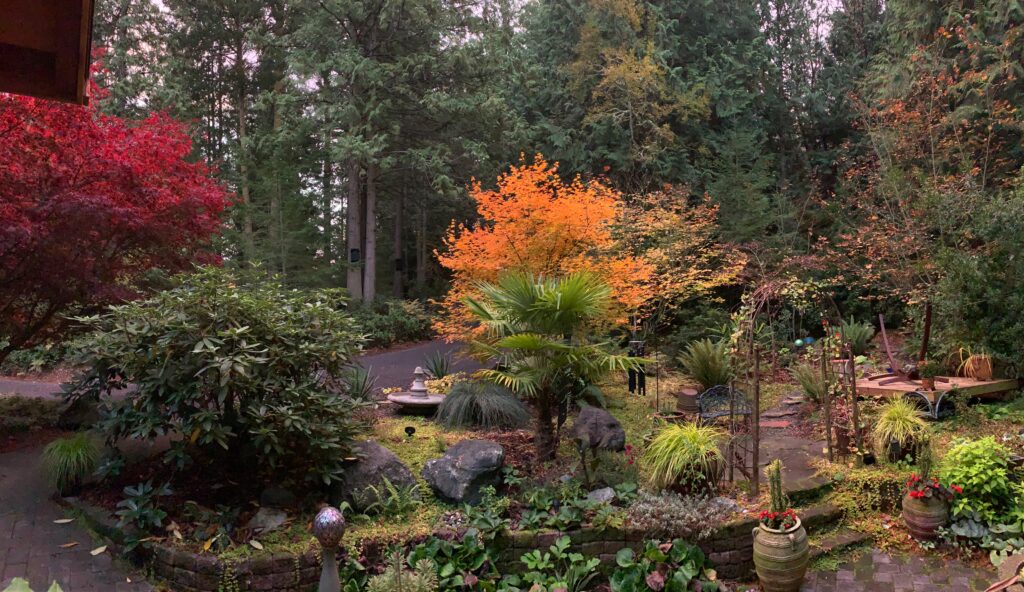
If you’re not sure what to plant, inquire at your local garden center. Often, they’ll have a display of bedding plants chosen for their adaptability to your area. Also, they‘ll be inexpensive because they’re in season, says Peter Mezitt, president of Weston Nurseries in Hopkinton, Mass. Try pansies in the summer, and asters and mums in the fall to add vibrant color. “That’s what we do around the entrance to our garden center,” Mezitt says.
Valerie Torelli, a REALTOR® in California, who dresses up her clients’ yards to sell their houses faster and for more money, says that in her market, she can put in a bed of colorful annuals and bark, as well as cutting down overgrown shrubs, for less than $500. “We can buy gorgeous plants for $3.99 to $15.99,” she says.
Originally Written by: Pat Curry
